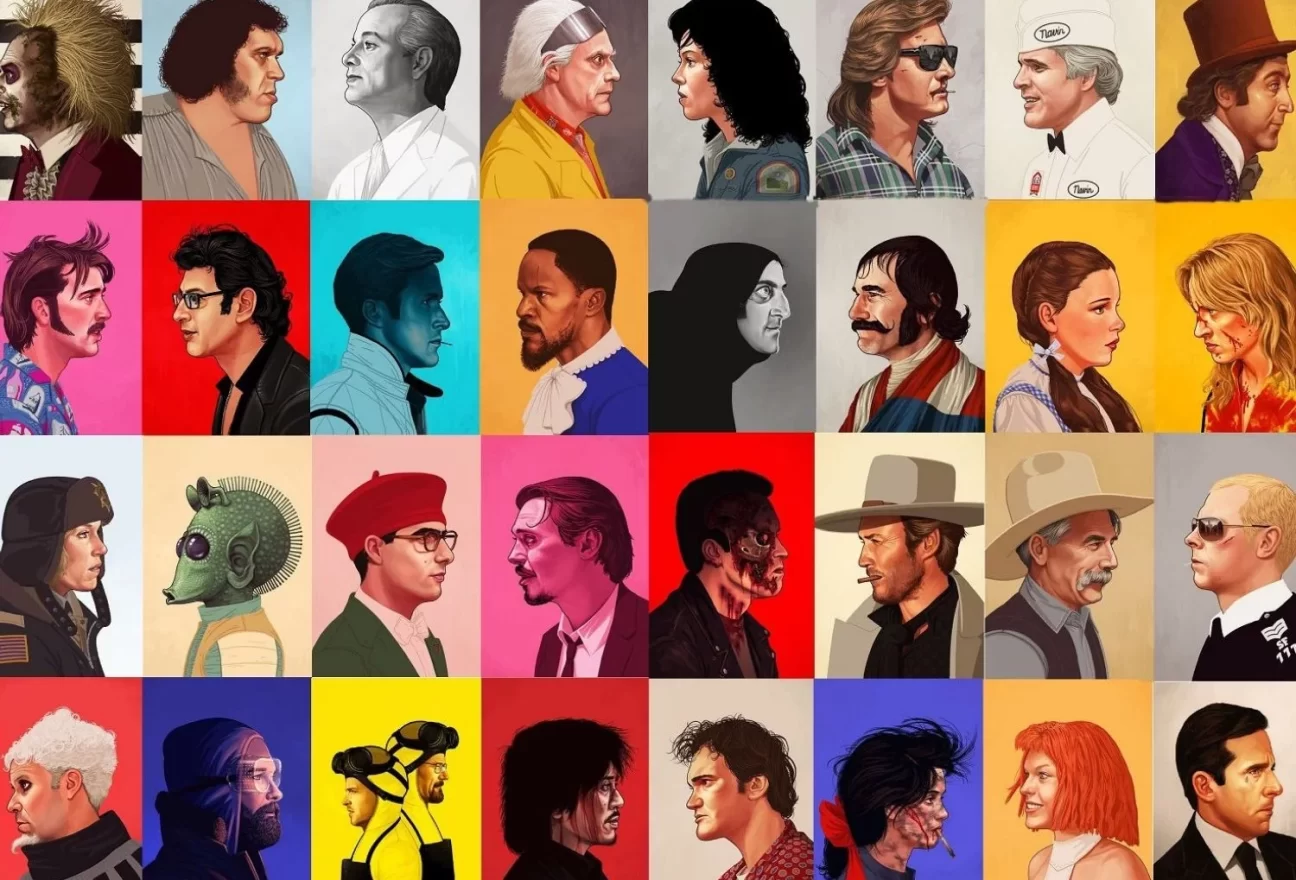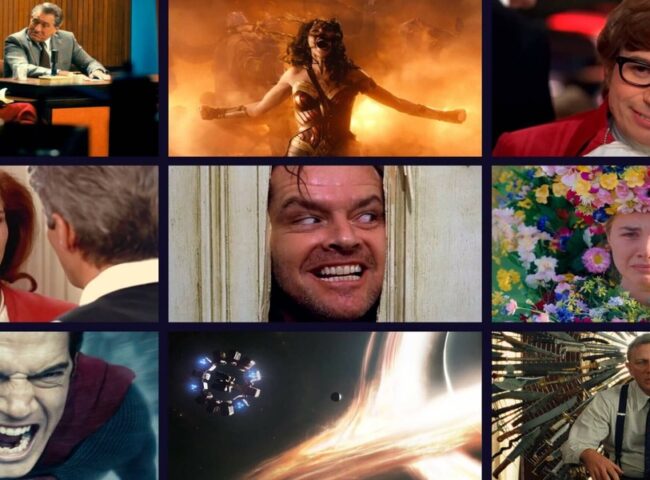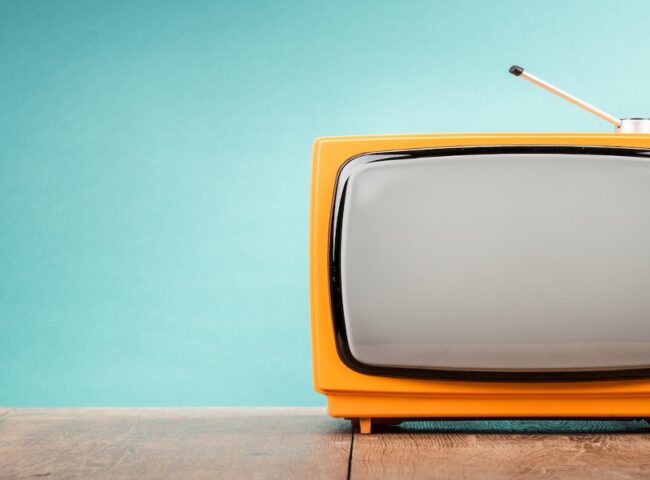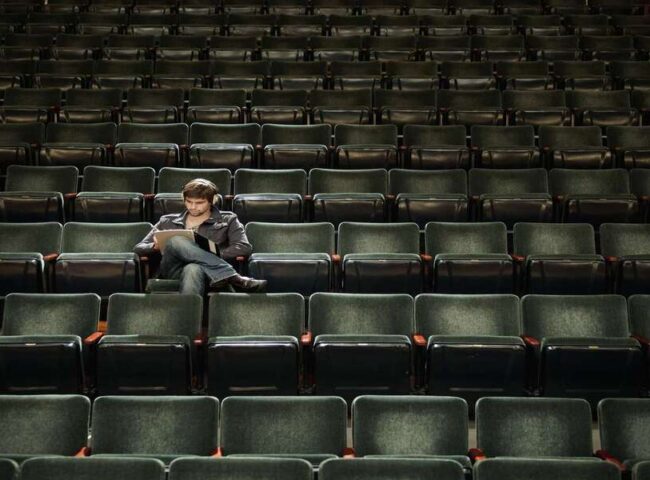In the realm of storytelling, characters of movies and TV Shows serve as the beating heart of narratives, evolving and transforming as they navigate the challenges presented to them. This blog delves into the captivating world of character evolution, focusing on the pivotal roles characters play in movies and TV shows. Join us as we dissect the intricate layers of character growth, analyzing the impact they have on storytelling, and uncovering the key elements that drive their evolution.
The Art of Character Evolution

– Defining character evolution: Character evolution refers to the dynamic process through which fictional individuals undergo psychological, emotional, and sometimes physical changes over the course of a story. It involves the growth, development, and transformation of characters as they respond to challenges, relationships, and experiences.
– Importance of character growth in storytelling: Character evolution is integral to storytelling as it adds depth, relatability, and authenticity to characters. Audiences become emotionally invested in the characters’ journeys, fostering empathy and engagement with the narrative.
Unmasking Key Characters
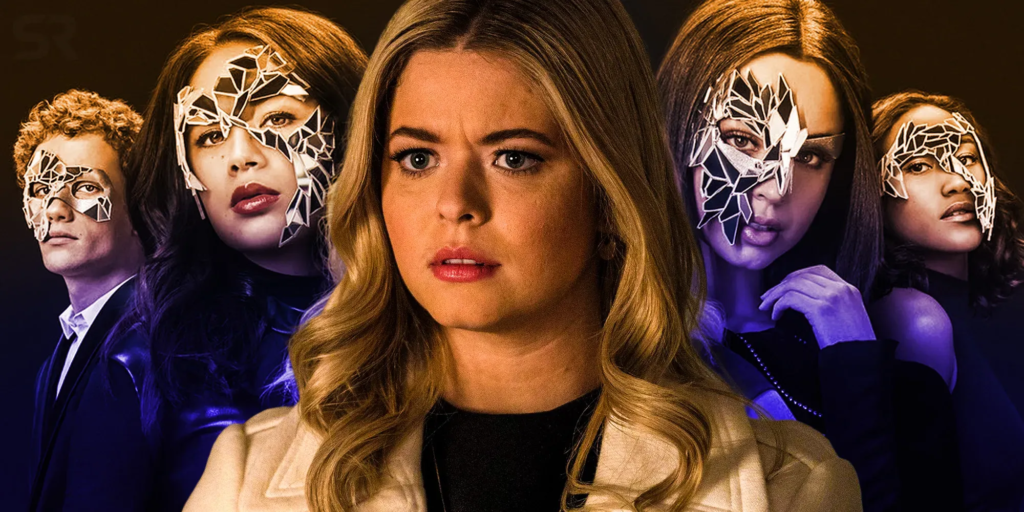
– Selecting iconic characters for analysis: This section could include examples of iconic characters like Harry Potter, Walter White from “Breaking Bad,” or Daenerys Targaryen from “Game of Thrones.” These characters resonate with audiences and have had a significant impact on their respective stories.
– Their significance in their respective narratives: Discuss how these characters are central to their stories and explore their roles as catalysts for change, conflict, and resolution.
Catalysts of Change: External Influences

– External forces shaping character evolution: Explore how characters are influenced by their environment, societal norms, cultural contexts, and interpersonal relationships. Show how these external factors drive characters to adapt and change.
– Impact of relationships, conflicts, and environments: Provide examples of how characters’ relationships (friendships, romances, rivalries), conflicts (internal struggles, external challenges), and environments (settings, worlds) contribute to their evolution.
A Journey Within Internal Transformations

– Psychological and emotional evolution: Delve into characters’ internal struggles, personal growth, and psychological shifts. Highlight moments of introspection, self-discovery, and emotional breakthroughs.
– Unraveling motivations, fears, and desires: Analyze how characters’ motivations evolve over time, how their fears and desires shape their decisions, and how these inner conflicts drive their development.
Arcs of Transformation

– Common character arc types: Explain different types of character arcs, such as the hero’s journey, redemption arc, and anti-hero arc. Use examples from well-known movies and TV shows to illustrate each arc type.
– Examples of character arcs: Break down the character arcs of specific characters, showcasing their progression from their initial state to their transformed self. Discuss pivotal moments that mark the stages of their arcs.
The Ripple Effect: Character Evolution’s Impact

– How evolving characters influence plot progression: Show how character evolution drives plot developments and twists. Characters’ changing goals, decisions, and actions can lead to unexpected turns in the story.
– Role of character growth in audience engagement: Explore how audiences become emotionally invested in characters’ growth, leading to heightened suspense, empathy, and attachment to the narrative.
Case Studies in Character Evolution

– Analyzing characters from different genres: Compare character evolution across genres. For instance, contrast a character’s evolution in a drama with that in a fantasy or science fiction setting.
– Comparing character evolution across media: Discuss how character evolution differs between movies and TV shows. Consider factors like pacing, character depth, and opportunities for long-term development in TV series.
Behind the Scenes: Creative Decisions
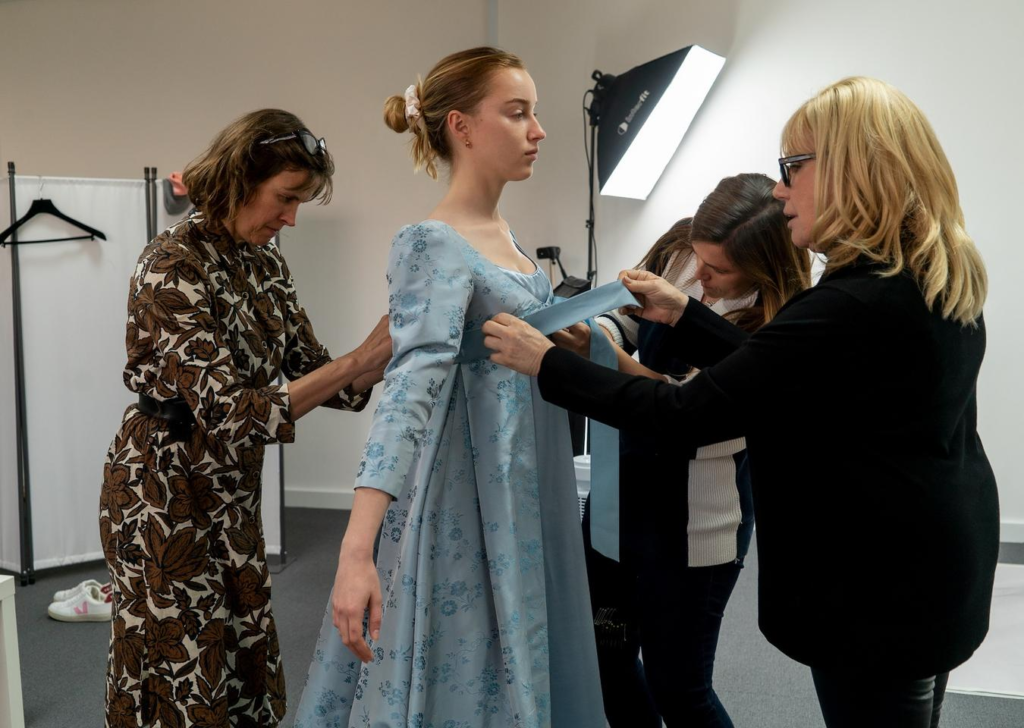
– Role of writers, directors, and actors: Explore how the collaborative efforts of writers, directors, and actors contribute to shaping characters’ journeys. How do creative choices impact the trajectory of character evolution?
– Balancing consistency and surprise: Examine the challenge of maintaining character consistency while introducing unexpected twists that keep audiences engaged.
Beyond the Screen: Fan Reception and Interpretation

– Symbiotic relationship between characters and fandom: Discuss how fans’ attachment to characters fuels discussions, fan theories, and fan fiction. Characters become cultural icons that extend beyond the screen.
– Fan theories and discussions: Highlight how fan interpretations and theories about character evolution contribute to the broader discourse surrounding movies and TV shows.
Forecasting the Future: Evolution Trends

– Emerging patterns in character evolution: Identify trends in recent character development, such as a focus on complex anti-heroes or more diverse representations.
– Predictions for character development: Speculate on how character evolution might evolve in the coming years, considering societal shifts, technological advancements, and evolving storytelling conventions.

In the intricate tapestry of storytelling, character evolution stands as a testament to the power of change, growth, and transformation. By dissecting the journey of key characters in movies and TV shows, we’ve unraveled the threads that connect audiences to these fictional individuals. As storytelling continues to evolve, so too will the captivating world of character evolution, offering endless possibilities for exploration and discovery.

